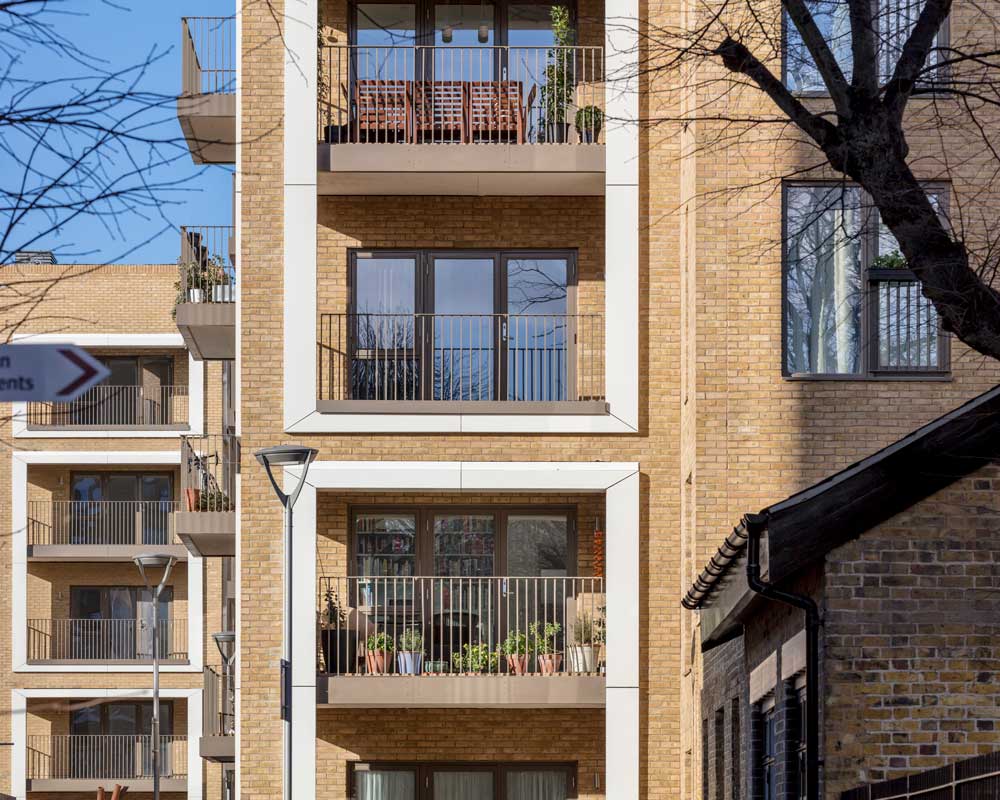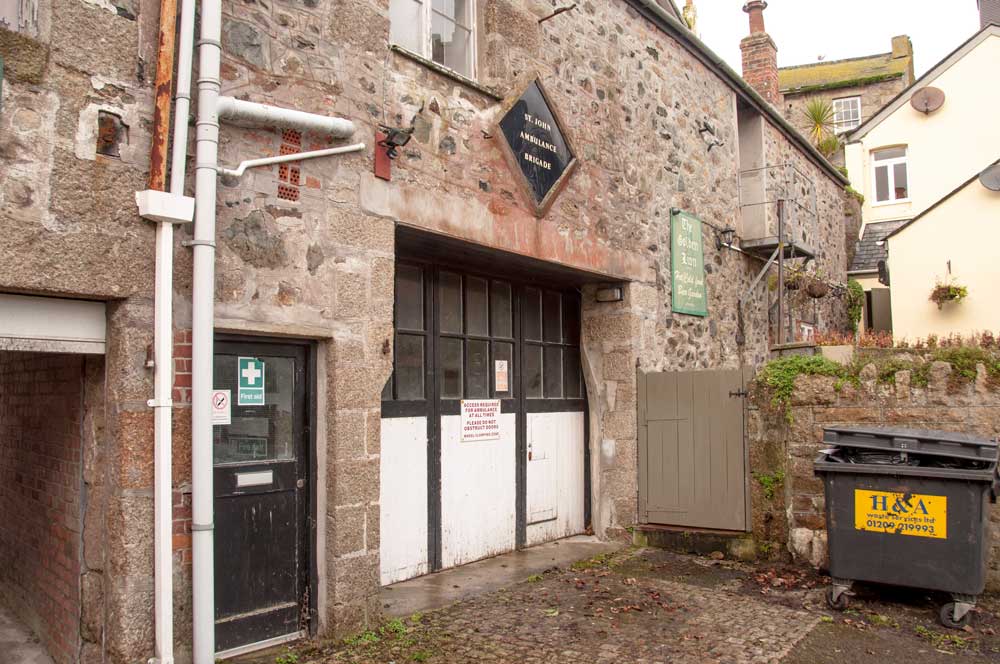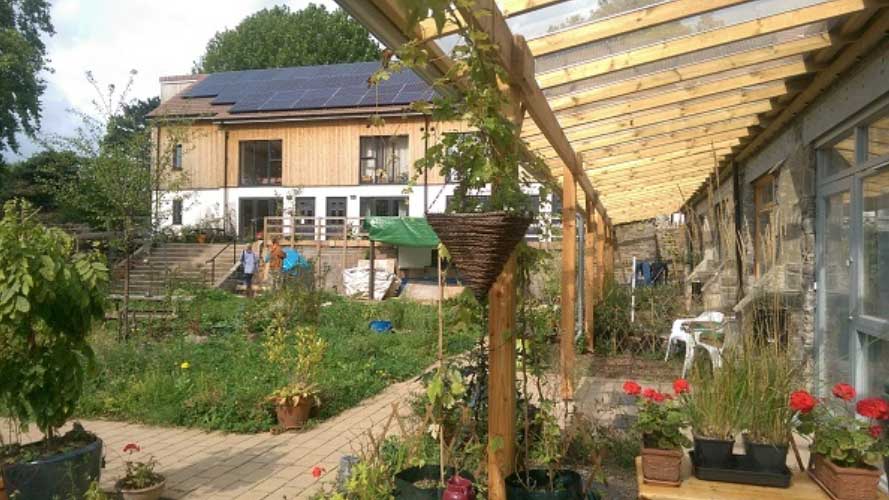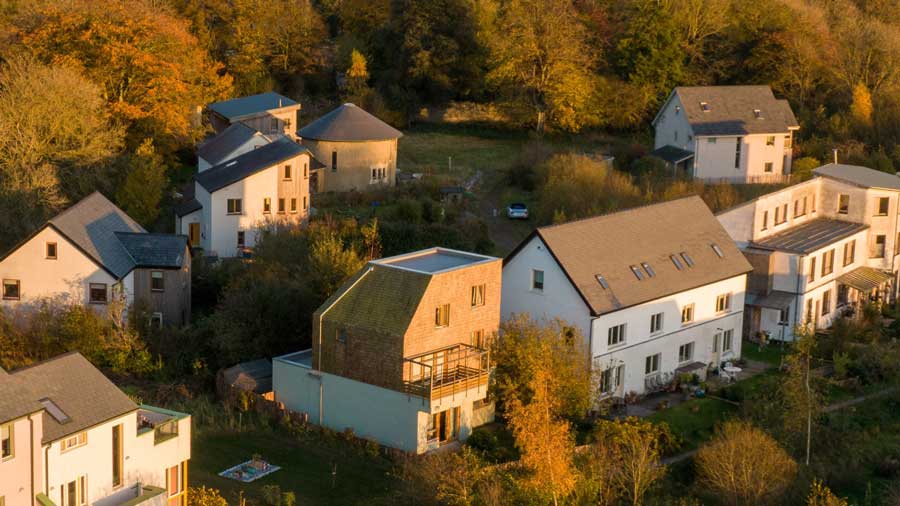Four things you might not know about Community Land Trusts
Some surprising facts about community-led housing development

GROWTH, DEVELOPMENT & REGENERATION
Children of Bridport Cohousing members watch the construction of their new homes during summer 2021 (credit: Community Land Trust Network)

Will Matthews
Research and Policy Officer, Campbell Tickell
In the context of spiralling housing costs, Community Land Trusts (CLTs) have emerged as an increasingly popular form of alternative affordable housing provision. They are predicated on community participation and the separation of land and homeownership.
What is a CLT?
CLTs hold land in a trust, capturing and retaining surplus growth in land value for the benefit of the local community instead of private households. In this way, they aim to remove homes from the speculative property market and (theoretically) ensure affordability in perpetuity.
In recent years, Community Land Trusts have received more attention, particularly after Granby Four Streets in Liverpool won the 2015 Turner Prize.
Here are four things you may not know about this form of community-led housing:
01
CLTs are more prominent in rural rather than urban areas…
The Community Land Trust Network describes CLTs in rural areas as the ‘classic cases’ of CLT development, and for good reason – most successful projects are developed outside cities.
In fact, to date, there is only one CLT in London with residents moved in, despite tremendous demand for affordable housing in the capital.
This rural/urban discrepancy in CLT success has its roots in a variety of factors, one of which is the ease of gaining access to land.

St Clements, in Mile End, is London's only completed CLT project to date (credit: JTP 2018)
02
… this is (partially) because CLTs in rural areas are often gifted land by local landowners
A common way that rural CLTs acquire land is through a landowner (often a farmer) with a connection to the area who recognises the deep social need to build affordable housing.
This friendly farmer will then gift land (or sell it at a reduced price) to the CLT group. While this is a fruitful avenue for rural CLTs, the process simply does not happen in big cities, where land is in short supply and high demand.
“Some interviewees I spoke to suggested that a top-down, paternalistic political mindset exists within some Labour councils that leads to Community Land Trust groups being met with either suspicion or confusion.”
03
CLTs find allies (and resistance) across the political spectrum
During my dissertation at LSE, I spoke to members of CLT groups and sector experts to try to uncover the barriers facing urban CLTs. Some of them told me that, despite their personal political allegiances, they found it easier to work with Conservative councils and politicians than their Labour counterparts.
Some interviewees I spoke to suggested that a top-down, paternalistic political mindset exists within some Labour councils that leads to Community Land Trust groups being met with either suspicion or confusion. Or as one member told me: “Labour local authorities simply do not like giving up power to local communities”.
This counterintuitive finding sets in context the difficult task that CLTs face when campaigning for affordable housing – expected allies may be harder to persuade than initially thought.
Indeed, in many ways, CLTs are politically paradoxical. Why would Boris Johnson support a radical alternative housing model that aims to spread communal landownership, whose central critique is that the market is an irrational mechanism by which to provide homes?
The truth is that Johnson probably doesn’t view CLTs in this way (although former Labour Shadow Chancellor John McDonnell, another CLT supporter, probably does). Conservative thinkers are more likely to be attracted by the DIY welfare, community-rather-than-state-led ethos of CLT groups. This ideological ambiguity surrounding the aims and methods of CLTs presents both challenges and opportunities for CLT groups.
04
CLTs are not just about housing
While most CLT groups focus explicitly on delivering affordable housing, this aim is neither necessary nor exclusive to the model.
CLTs own and manage assets for the benefit of local people, what these assets are is up to the community to decide. For example, Homebaked CLT in Liverpool operates a bakery, and St. Ives CLT has turned an old fire station into affordable workspaces.
Ultimately, community land trusts manage land – it just so happens to be the case that most communities deem affordable housing to be the best use of land in their area.

The St Ives CLT converted a former fire station into affordable community workspaces (credit: St Ives CLT)


